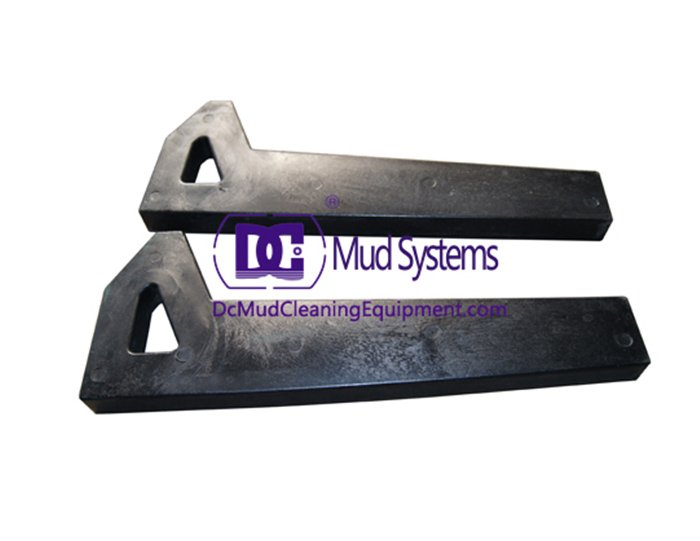The Role of Mud Centrifugal Pumps in Drilling Operations
Centrifugal pumps play a critical role in the oil and gas industry, particularly in drilling operations where the circulation of drilling fluids, or mud, is essential. Mud centrifugal pumps are specifically designed to handle the challenging conditions encountered in drilling environments, providing efficiency, reliability, and durability.
Importance of Mud in Drilling
Drilling mud serves several key purposes during drilling operations. It helps to cool and lubricate the drill bit, remove cuttings from the wellbore, maintain pressure in the formation, and stabilize the walls of the borehole. The proper circulation of this mud is vital for the safety and success of drilling projects. Mud centrifugal pumps are tasked with ensuring that this fluid is efficiently transferred to and from the drill site.
How Mud Centrifugal Pumps Work
Mud centrifugal pumps operate on the principle of centrifugal force. They consist of a rotating impeller, which spins within a casing, creating a vacuum that allows the mud to be drawn into the pump. As the impeller rotates, it imparts kinetic energy to the fluid, converting it into pressure energy, which propels the mud through the discharge casing and into the drilling system.
One of the main advantages of centrifugal pumps is their ability to handle a wide range of flow rates and pressures, making them ideal for various drilling applications. They can efficiently pump viscous fluids, like drilling mud, which contain solid particles, ensuring a smooth flow regardless of the slurry\'s density.
Key Features of Mud Centrifugal Pumps
1. High Efficiency Mud centrifugal pumps are designed for optimal performance in demanding environments. Their construction allows for efficient energy use, leading to reduced operational costs.
mud centrifugal pumps
2. Durability Given the harsh conditions they operate in, these pumps are typically constructed from premium materials that resist wear and corrosion, ensuring longevity and reliability.
3. Versatility Mud pumps can handle different types of drilling fluids, including water-based and oil-based muds, making them suitable for various drilling conditions and projects.
4. Maintenance-Friendly Design Many modern mud centrifugal pumps are designed with ease of maintenance in mind. Quick access to internal components and user-friendly designs can decrease downtime and improve productivity.
Challenges and Considerations
While mud centrifugal pumps offer numerous advantages, they are not without challenges. The presence of solid particles in the drilling mud can lead to wear and tear on the pump components. Therefore, it is essential to select pumps that are specifically designed to handle abrasive materials. Additionally, regular maintenance and monitoring are crucial in ensuring optimal performance and preventing failures.
Furthermore, the operating environment can significantly influence the pump\'s performance. Factors such as temperature, pressure, and the specific properties of the drilling fluid need to be considered during the selection process to ensure compatibility and efficiency.
Conclusion
In conclusion, mud centrifugal pumps are an essential component of drilling operations in the oil and gas industry. Their ability to efficiently pump drilling mud contributes significantly to the overall success and safety of drilling projects. As technology continues to advance, we can expect further improvements in the design and performance of these pumps, enhancing their capability to meet the evolving demands of the industry. Proper selection, maintenance, and operation of mud centrifugal pumps will remain critical to driving efficiency and reliability in drilling operations for years to come.
 Linear Motion Shale Shaker In Drilling Rig
Linear Motion Shale Shaker In Drilling Rig  Oilfield Mud Cleaner
Oilfield Mud Cleaner  Drilling Fluid Decanter Centrifuge
Drilling Fluid Decanter Centrifuge  Drilling Mud Desander
Drilling Mud Desander  Hydrocyclone Desilter
Hydrocyclone Desilter  Centrifugal Pump/Centrifugal Mud Pump
Centrifugal Pump/Centrifugal Mud Pump  Shear Pump
Shear Pump  Jet Mud Mixer
Jet Mud Mixer  Horizontal Mud Agitator
Horizontal Mud Agitator  Constant Pressure Drilling Fluid Mud Gas Separator
Constant Pressure Drilling Fluid Mud Gas Separator  Mud Gun
Mud Gun  Mud Tank
Mud Tank  Solids Control System Vacuum Degasser
Solids Control System Vacuum Degasser  Flare Ignition Device
Flare Ignition Device  Diesel Tank
Diesel Tank  Submersible Slurry Pump
Submersible Slurry Pump 






































